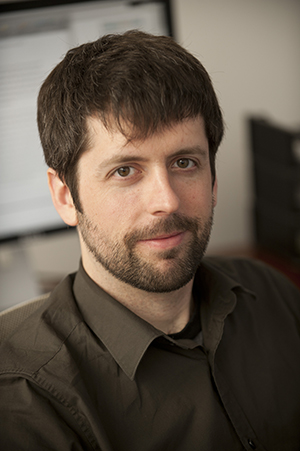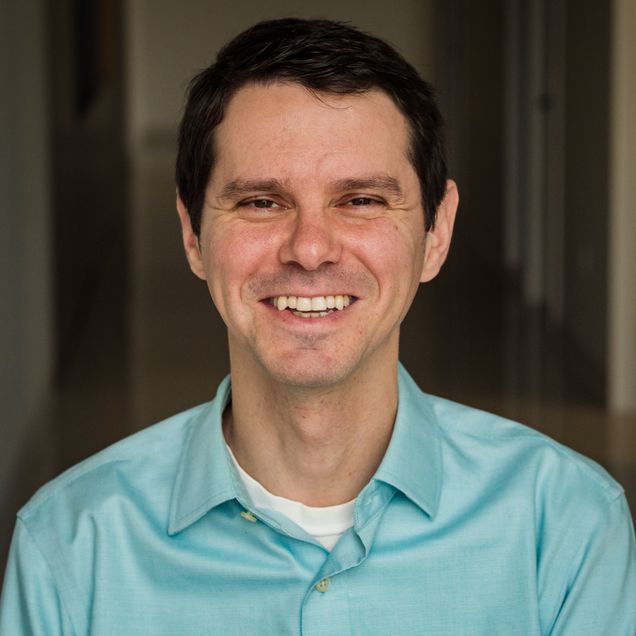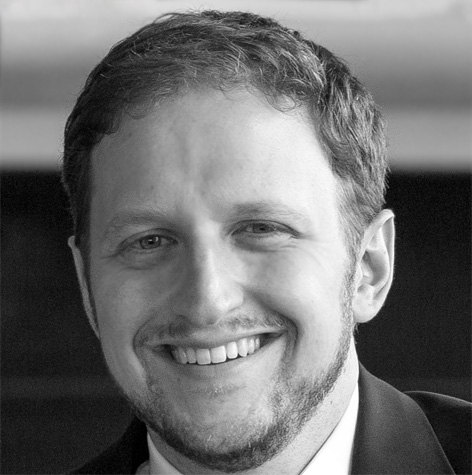We are pleased to announce a new virtual seminar series: Computational Approaches to Signal Processing for Sleep. This series is part of the Sleep Neurophysiological Signal Processing Core within the Program in Sleep Medicine Epidemiology at Brigham and Women’s Hospital. The goal of this series will be to provide an improved understanding of signal processing basics and best practices to sleep researchers and clinicians, with a long term aim of bringing new methods of signal processing to the regular attention of field. No prior mathematical or signal processing knowledge is required.
While numerous exciting developments in signal processing and computational modeling have rapidly been adopted as the standard across numerous diverse fields, these approaches remain uncommon within the study of sleep. One of the main reasons for this is that there have been few resources that cross the divide between the math/engineering literature and sleep science. This seminar series aims to fill that gap.
These seminars are designed to be accessible to all without the need for a strong mathematical background. Each talk will have a didactic component, which will describe the methods or practices in question, and an application component, which will show ways of applying these techniques to sleep or related data. By the end of each seminar, you should understand a new set of concepts and have the ability to think of ways of applying those concepts to your own research.
For any inquiries or suggestions, please contact Dr. Prerau at: info@sleepeeg.org
Talks and Videos
|
Characterizing Functional Connectivity in the BrainDr. Mark KramerProfessor of Mathematics and Statistics The brain functions (and dysfunctions) through interactions spanning spatial scales, from the single neuron to the entire nervous system, and temporal scales, from millisecond action potentials to decades of development. Modern neuroimaging, combined with sophisticated data analysis tools, has expanded analysis of brain activity from individual brain components to networks of interacting brain regions. Understanding these brain networks and the big data they entail, remains a fundamental challenge of modern neuroscience, with the potential for significant impacts to human health and disease. In this seminar, Dr. Kramer will discuss ways of characterizing functional connectivity in the brain, going from basic concepts to applications to understanding the activity during spontaneous seizures. Suggested Reading: |
|
Towards an Instantaneous AHI — Understanding Point ProcessesDr. Uri EdenProfessor of Mathematics and Statistics Point processes are a well-established way of quantitatively characterizing events that occur over time or space, such as the arrival of trains at a station, the firing times of neurons, and the timing and location of earthquakes. Sleep is also full of events that occur over space and time, such at respiratory events. In this seminar, Dr. Eden will go over the fundamentals of point processes and show an application to computing an “instantaneous AHI”, which computes the moment-by-moment respiratory event rate as a function of position, sleep stage, and past event history. Suggested Reading:
Tutorials: |
|
Spectral Analysis for Sleep ResearchDr. Michael PrerauAssistant Professor of Medicine Sleep is a continuous, dynamic neural process involving the complex interaction of many different networks within the brain. Long-standing clinical practice, however, breaks up sleep into discrete sleep stages through time-consuming, subjective, visual inspection of 30-second segments of electroencephalogram (EEG) data. As a result, vital information about brain activity is lost. Spectral analysis is therefore a powerful tool for finding new insights into the physiological mechanisms underlying sleep and for developing new ways of diagnosing and tracking sleep and diagnosing related disorders. In this seminar, Dr. Prerau will provide an overview of the basics of Fourier analysis, leading up to the understanding of multitaper spectral estimation. We will show how time-frequency analysis can be used to characterize EEG activity during sleep and show several applications of this approach to real experimental data. Suggested Reading:
Tutorials: |
Best Practices for EEG Signal Processing — Lessons and ApplicationsDr. Roy CoxPostdoctoral Researcher Recent years have witnessed a surge in human sleep electroencephalography (EEG) studies, employing increasingly sophisticated analysis strategies to relate electrophysiological activity to cognition and disease. However, properly calculating and interpreting metrics used in contemporary sleep EEG requires attention to numerous theoretical and practical signal-processing details that are not always obvious. Moreover, the vast number of outcome measures that can be derived from a single dataset inflates the risk of false positives and threatens replicability. In this seminar, Dr. Cox will review several methodological issues related to 1) spectral analysis, 2) montage choice, 3) extraction of phase and amplitude information, 4) surrogate construction, and 5) minimizing false positives, illustrating both the impact of methodological choices on downstream results, and the importance of checking processing steps through visualization and simplified examples. Suggested Reading: |
About the Neurophysiological Signal Processing Core
Director: Michael J. Prerau, Ph.D.
The Neurophysiological Signal Processing Core provides guidance to investigators to the most appropriate quantitative methods, tools, and resources for processing and analyzing the sleep electroencephalogram and other related signals within their projects. Additionally, the core seeks to promote and disseminate the state-of-the-art in new methods and provide education in best practices for neural data analysis through a series of seminars and tutorials, to be shared with the greater Harvard community and beyond.


